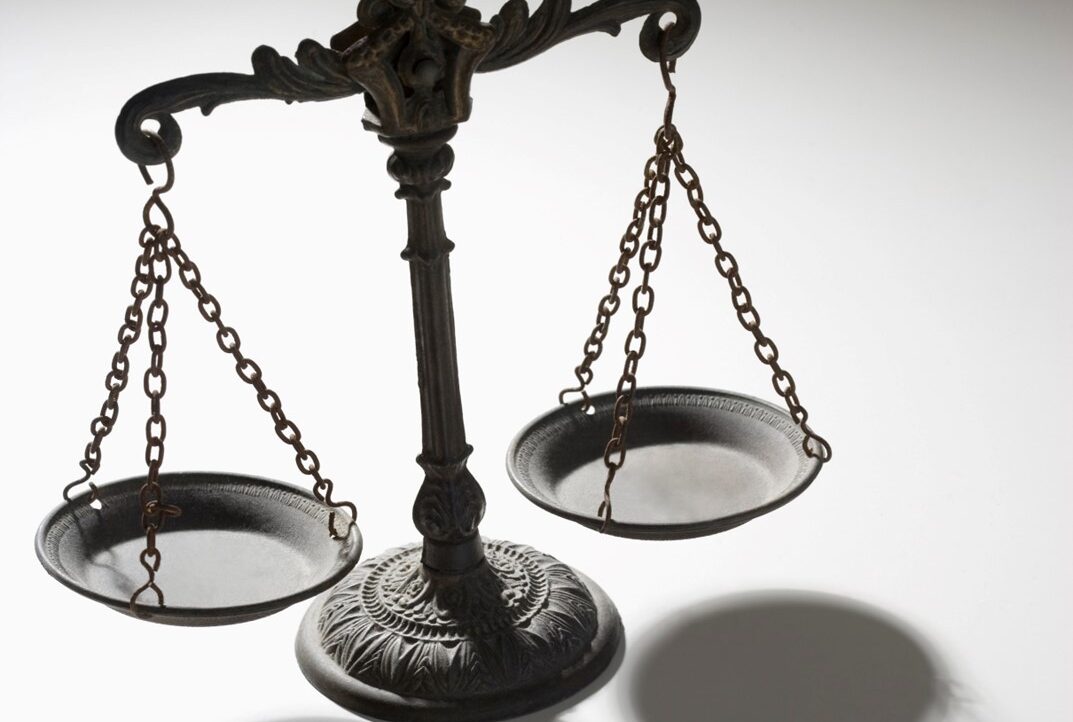Alerts & Updates 18th Mar 2024




The CCI (Determination of Turnover or Income) Regulations, 2024 (Turnover Regulations) have been published after public consultation in December 2023. Some of the key changes brought about by the Turnover Regulations are:
Determination of turnover or income of the enterprise under Section 27 of the Competition Act, 2002 (Act).
I.Background
On March 6, 2024, the CCI published the CCI (Determination of Monetary Penalty) Guidelines, 2024 (Penalty Guidelines). A day earlier, the Ministry of Corporate Affairs notified the amended Section 27 and 48 of the Act (as amended by the Competition (Amendment) Act, 2023 (Amendment Act)), that have now been enforced. The Penalty Guidelines have been issued under Section 64B of the Act to determine the penalty that can be imposed on account of contraventions of the Act. While the Penalty Guidelines are not binding on the CCI, it will have to consider them in cases wherein it imposes a penalty under the Act.
II. Methodology for determination of penalty by the CCI
| Calculation of penalty to be imposed under Section 27(b) of the Act | |
| Steps for calculation | Illustration |
| Step 1: The CCI would ascertain ‘relevant turnover’ of an enterprise.
‘Relevant turnover’ is turnover derived ‘directly or indirectly’ from the sale of goods and services to which the contravention relates. Notes:
|
X’s average turnover for the past 3 preceding years is INR 100,000 while the average turnover generated from the infringing products/ services is INR 80,000.
Under the Penalty Guidelines, the ‘relevant turnover’ would be INR 80,000.
|
| Step 2: The CCI would compute the ‘base penalty amount’ which can be up to 30% of the ‘relevant turnover’, considering factors like nature and gravity of the contravention; nature of the industry; its implications on economy; and any other factor which CCI deems appropriate. | The CCI, after looking at the nature of the contravention and other factors, can arrive at a maximum base penalty amount of INR 24,000. |
Step 3: The CCI may further adjust the ‘base penalty amount’ determined in the step above based on the following factors:
|
Based on the factors mentioned in Para. 3(2) of the Penalty Guidelines, CCI will take further consider aggravating and mitigating factors in the instant case to adjust the penalty.
Let’s assume that this was X’s first violation and it has put in place an internal compliance program to make sure this does not happen again. The CCI can consider these mitigating factors and adjust the penalty amount to INR 20,000. |
| Step 4: If the amount determined in the above step exceeds the ‘legal maximum’, then CCI will adjust it to reduce it to the legal maximum.
‘Legal maximum’ is the ceiling for any monetary penalty determined under the Penalty Guidelines and cannot exceed the maximum amount of penalty envisaged under the Act i.e., in context of Section 27(b) of the Act, 10% of the global turnover of an enterprise. |
The penalty calculated above (INR 20,000) is higher than the legal maximum in the present case (i.e., INR 10, being 10% of the total turnover of the entity). The CCI will adjust it downwards and bring it to the legal maximum.
Therefore, the final penalty that the CCI may impose on X would not exceed INR 10,000. |
| Step 5: Under the Penalty Guidelines, after calculating the penalty based on the factors enumerated under Para. 3(1) and (2), if the CCI is of the opinion that the determined penalty would not result in sufficient deterrence, it may increase the penalty up to the ‘legal maximum’. However, the Penalty Guidelines do not provide any factors that it would consider to measure the deterrent effect. | For example, if a contravening enterprise ‘Y’, global turnover is INR 1000 and relevant turnover is INR 100. The legal maximum in the present case is INR 100. Under Para. 3(1) of the Penalty Guidelines, the CCI may begin with a penalty base of INR 30 and post adjustments under Para. 3(2), it considers that adjusted penalty amount is not sufficient, it could raise the penalty to up to legal maximum i.e. INR 100. |
The above methodology also applies to cartel cases except that base amount would be based on profit after tax instead of “relevant turnover”.
Previously, the CCI’s approach was usually to direct an enterprise to submit its financial statements for 3 years, prior to the receipt of the DG Report. However, under the Penalty Guidelines, now the CCI can request an enterprise to submit financial statements for the 3 years preceding the contravention. While the Penalty Guidelines are not clear, it should logically mean 3 years preceding the final order of the CCI establishing the contravention and not 3 years preceding the act of contravention.
The average income of the individual would be determined by looking at the gross total income from the individual’s income tax return (ITR) while excluding (1) income from house property and (2) income from capital gains. These returns would be considered for the same period as the enterprise employing the individual. Where the ITR is not available for an individual, the average income would be based on the total income certified by a CA, along with an affidavit by the individual.
The Penalty Guidelines also provide for factors to be considered by the CCI while imposing a penalty in other situations contemplated under the Act:
| Penalty | Factors provided by the Penalty Guidelines |
| Penalty imposed on individuals. |
|
| Penalty imposed for gun-jumping or not submitting information under Section 20(1) of the Act. |
|
| Non-compliance with the CCI’s order. |
|
| Failure to comply with the directions of the CCI and the DG. | |
| Making a false statement or omission to furnish material information. | |
| Contraventions related to submission of information. |
| ELP COMMENTS |
|
III. Conclusion
The Penalty Guidelines are certainly a welcome step in providing some clarity on the CCI’s approach towards penalty computation. The CCI has, till now, been following the ‘relevant turnover’ approach towards penalty computation, according to the Supreme Court’s judgment in the Excel Crop Care case, under which the penalty was capped at 10% of the ‘relevant turnover’. The amended Act has enhanced the powers of the CCI as it can now look at the global turnover based on the entire portfolio of products of a company. This may in some cases drastically enhance the potential monetary liability in case of infringements.
We trust you will find this an interesting read. For any queries or comments on this update, please feel free to contact us at insights@elp-in.com or write to our authors:
Ravisekhar Nair, Partner, Email – ravisekharnair@elp-in.com
Parthsarathi Jha, Partner, Email – parthjha@elp-in.com
Abhay Joshi, Partner, Email – abhayjoshi@elp-in.com
Aayushi Sharma, Principal Associate, Email – aayushisharma@elp-in.com
Bhaavi Agrawal, Associate, Email – bhaaviagrawal@elp-in.com
Pavan Kalyan, Associate, Email -pavankalyan@elp-in.com
Raagini Agarwal, Associate, Email – raaginiagarwal@elp-in.com